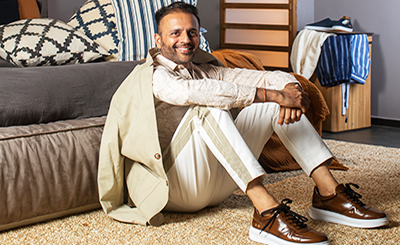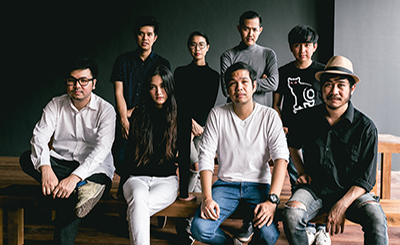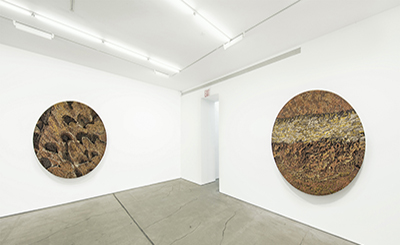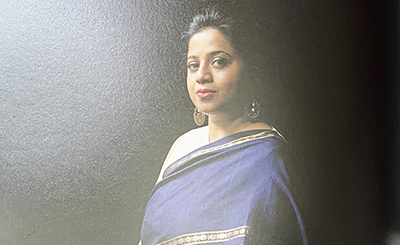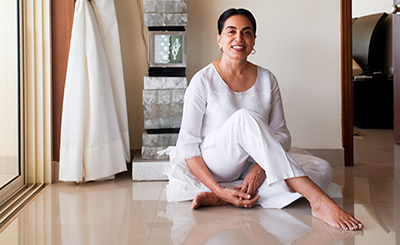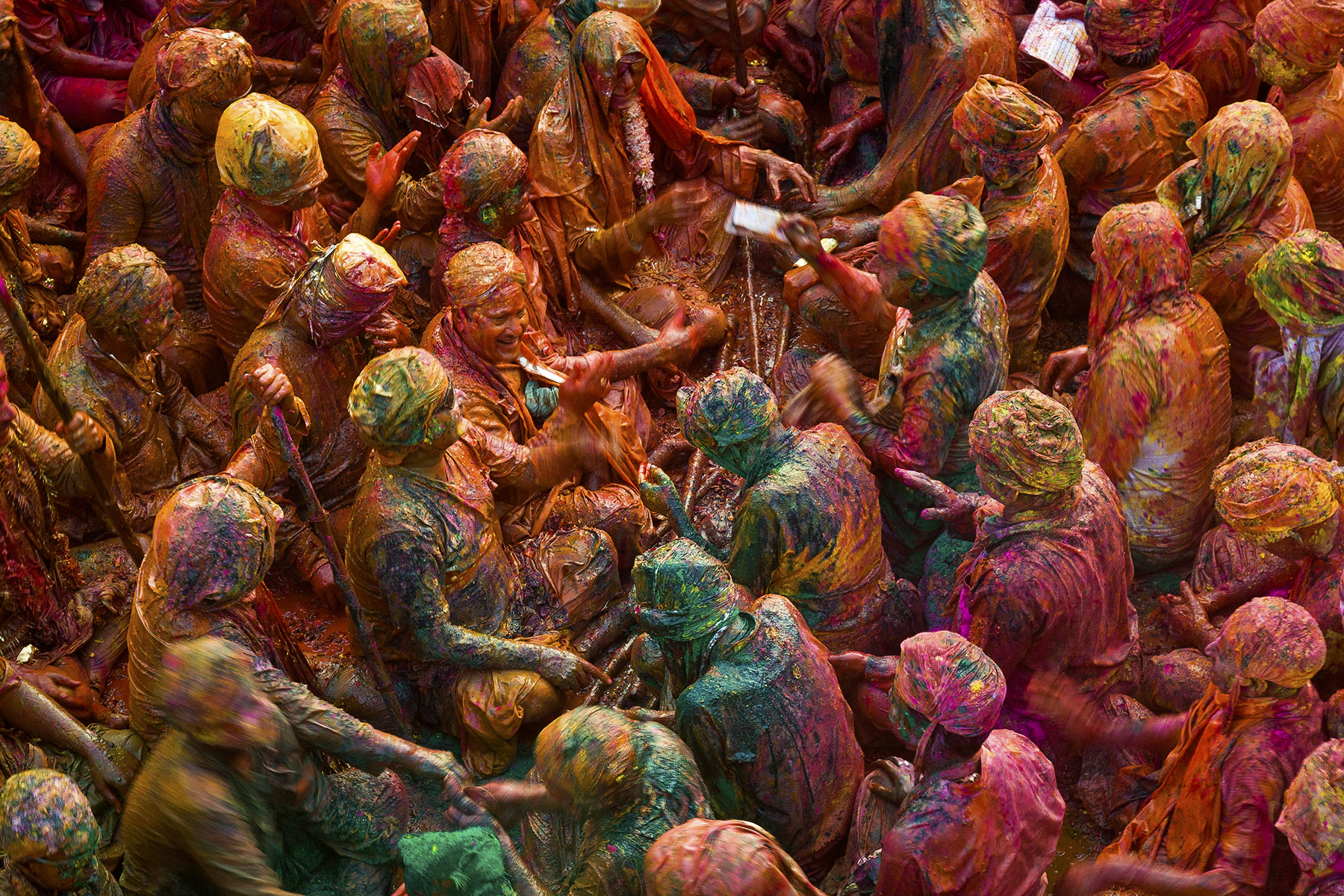
Udit Kulshrestha*, Holi: Elders Ceremony (Nandgaon), photograph on archival paper, 24x16 inches, Wonderwall**. Photos courtesy of TAP India.
TAP India, a digital platform of 15 galleries, aims to present collections, exhibitions and events in an endeavour to support art & artists, encourage synergies among galleries, explore new markets and facilitate conversations around modern and contemporary art
The first few days into the lockdown were relaxed, as if we were on a holiday. Soon, however, the disconnect and isolation hit us all very hard. In that isolation, while listening to webinars and Instatalks, I began to see the power of working together with other galleries to carry us forward as a collective. By expanding the reach of artists, the galleries and viewers, we hoped to set up a dynamic market force that is beneficial to the art world at large.
The idea grew to be what we launched as theartplatformindia.com or TAP India, a collective digital platform of 15 galleries and art institutions from across the country. The galleries include: Akar Prakaar, Anant Art, Anupa Mehta Arts, Apparao Galleries, Art At Threshold, Art Heritage, Art Motif, Emami Art, Exhibit 320, Gallery Espace, Gallery Latitude 28, Gallery White, M&M WT AG, Tribal Art Form and Wonderwall. I started my gallery, Apparao Galleries, in 1984 soon after I finished my degree in Fine Arts from Stella Maris College in Chennai. Like any other young person, I loved life and was a people’s person. I was not quite sure what I wanted to do. I was quite happy to cruise through and take life as it came. This carefree attitude and the ability of assessing the reality of the situation, along with my sense of fun, saw me through what I made of my life. It was my art education that sparked a deeper interest in art than in anything else. Thinking first of becoming a potter, my interest moved to meeting artists and finally dabbling in art curation to collect art for myself that made me plan the first few exhibitions.
I was enamoured by the soul, heart and the romance of art. I came from a very liberal family in Chennai that encouraged me to pursue my passion. This led to art becoming the focus of my life. The art activity became interesting and challenging and got under my skin and I became passionate, enthusiastic and intensely involved with art.
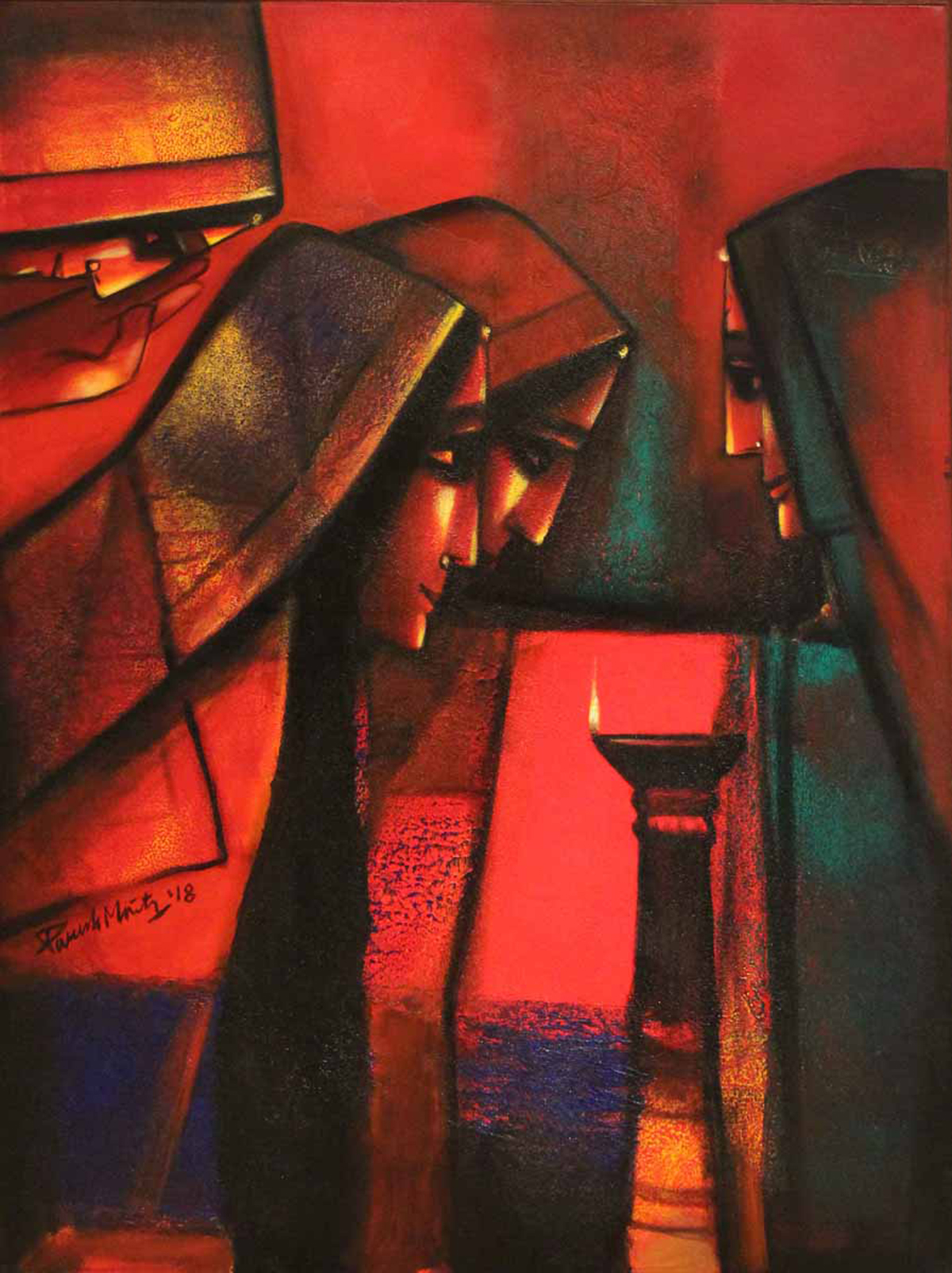
Paresh Maity, Glowing Discussion, oil on canvas, 2018, 36x48 inches, Emami Art
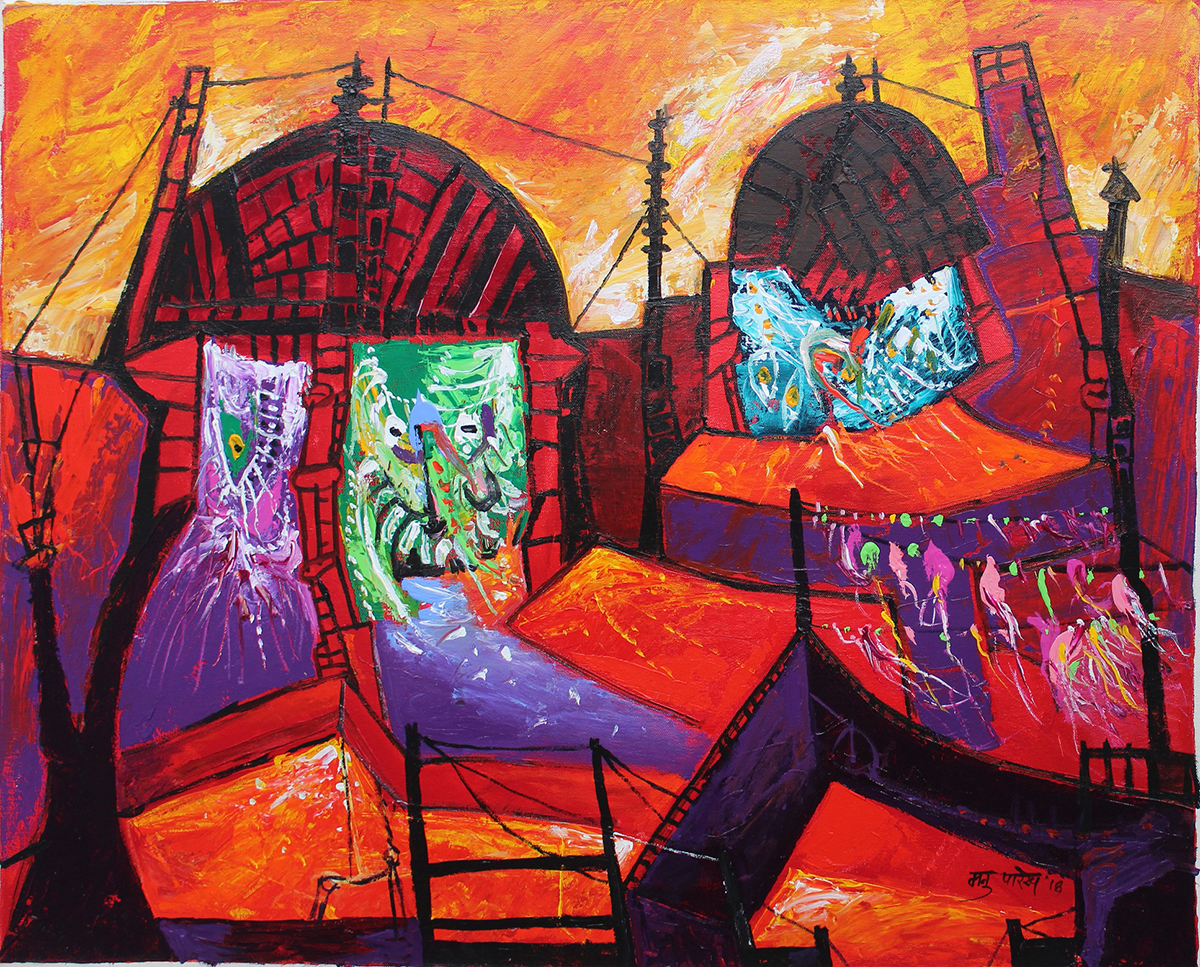
Manu Parekh, Prayer of Faith III, acrylic on rice paper, 2015, 32x26 inches, Emami Art.
Banaras marked the biggest turning point in the artistic career of Manu Parekh, who kept returning to paint the city, which he saw as a mix of contrast — it is both divine and human, spiritual and sensuous, dirty and holy, there is slush and there is Prasad. He visited Banaras not to seek a spiritual salvation but in search of a landscape which could offer him the symbols and sentiments necessary for the visualization of Indian reality. The sheer exuberance, their celebration of colours and sense of immediacy make his Banaras paintings vibrant and unique. Like Parekh, Maity also revisited Banaras but his paintings that capture both the scenic beauty and the essential character of the city show different alchemy between the self and the place.
A destination for modern and cutting-edge contemporary art, Emami Art is a one-of-a-kind art space built in keeping with international standards. Positioned as a key destination for artists, visitors and art collectors, the gallery aligns with the Emami Group’s mission to support artists and artisans and contribute to society’s well-being. A regular programme of curated exhibitions includes the works of new talents and eminent masters of regional, national and international repute, that aligns with the promoters’ ideology that while the popular contributes to the academic, the academic uplifts the popular. Spearheaded by Richa Agarwal, Emami Art’s new 10,000 sq.ft. art space is located in the Kolkata Centre for Creativity (KCC), a state-of-the-art multi-disciplinary interactive art centre, off Eastern Metropolitan Bypass, Kolkata, India.
***
There was no time to be distracted as I threw myself into the art world. Since I was a people’s person, the love for travel added to my desire to do something with art. It sent me crisscrossing not just through the country but around the world, with art shows — meeting artists, collectors, learning, participating and actively promoting Indian art, which was little known outside the country. I familiarised myself with the business, growing it successfully to earn respect and recognition. Twenty years after I started, the economic liberalisation wave in India propelled the first serious demand for Indian contemporary art.
Galleries grew. The world got interested in Indian art. Auction houses geared up for business and artists, too, emerged on the global art scene and made their presence felt beyond India. The Indian diaspora — artists and collectors — embraced contemporary and modern art that was connected to or originated in India.
Now, it is close to four decades that I have been involved in the world of art in India, buying, selling, promoting, curating and working with the arts. So, when the Covid-19 lockdown hit us, I was not about to relax. My mind was buzzing with options of how to use the situation and continue working with art.
I am not someone to wait for the world to come to me. I go after what I want and I create it. I am a “put togetherer,” if there is such a term. So, I took it upon myself to create an art business collective. I had not realised how much work it could entail. It is exciting and consuming at the same time. The growth opportunity and challenge it poses are both certainly exhilarating.
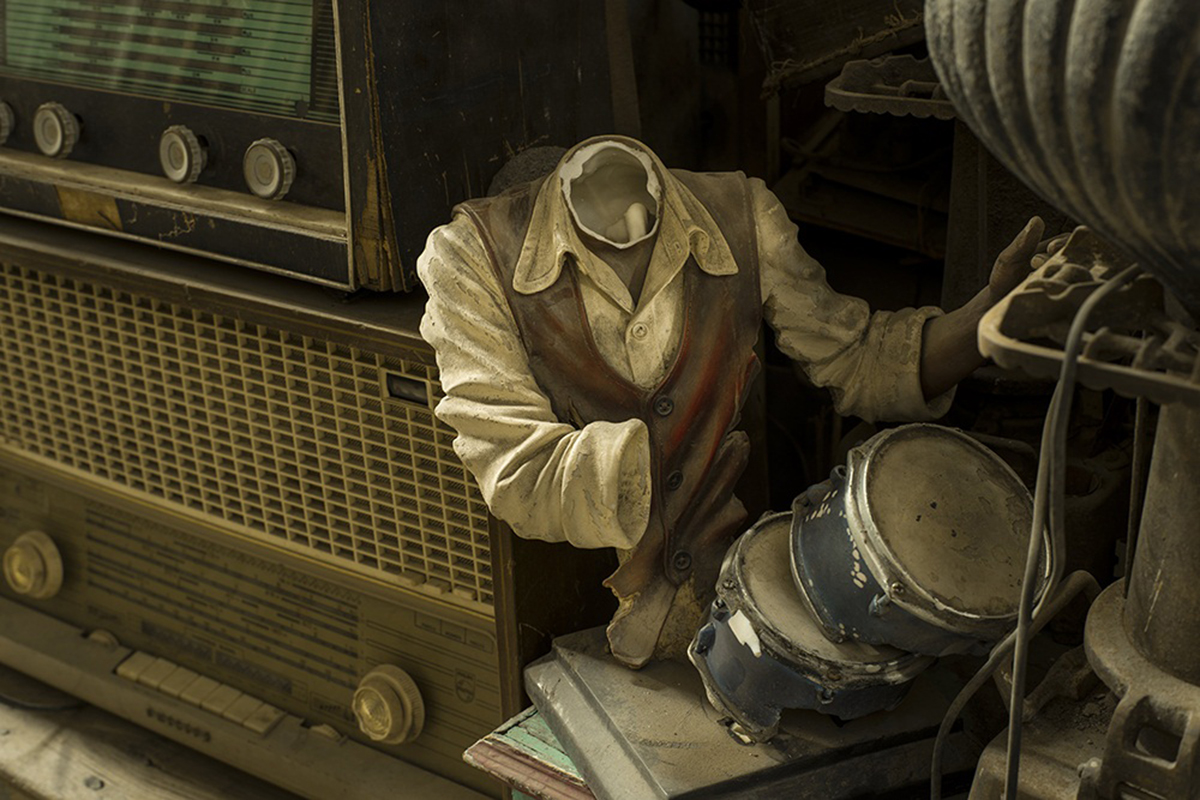
Anuj Ambalal, Whiplash, archival ink on archival paper, 2016, 24 x 36 inches, Gallery Espace.
Anuj Ambalal (b. 1976) has a Masters degree in Investment and Finance from Middlesex University, London. He used to work as an equity researcher before setting up a design studio in Ahmedabad and taking up photography. Ambalal has had several solo exhibitions of his photographs. He is the co-author, along with Rijuta Mehta of 23 Grams of Salt: Retracing Gandhi’s March to Dandi.
Gallery Espace was established in New Delhi in 1989 by Renu Modi with the encouragement of legendary painter M F Husain. The gallery, which celebrated its 30th anniversary last year, is recognised for bringing in a cross-disciplinary approach to curation with shows such as 'Kitsch Kitsch Hota Ha' (2001) and 'Lo Real Maravilloso' (2009), and for its many large-scale medium specific shows such as 'Drawings '94', 'Sculpture '95', 'Bronze' (2006), and Video Wednesdays (2009 and 20012). The Gallery’s eclectic and nuanced aesthetics is also reflected in the admixture of senior and up-coming artists it represents — Zarina, Nilima Sheikh, Manjunath Kamath, G.R. Iranna, Ravi Agarwal, Shambhavi, Mekhala Bahl, Chitra Ganesh, Waswo X. Waswo with R. Vijay, and Harendra Kushwaha.
***
The structure of TAP India is a website with partner galleries that independently host exhibitions and allow collectors to connect and access the art. The outreach programme of talks with museum curators, specialists, collectors, gallerists and thinkers opens up an intellectual learning space from those with the experience in the field. The great eyes of the gallerists lay open their newest finds in terms of artists, each more different and varied than the other. The programme changes by the month. “The 400 years of collective experience,” as one of the gallerists humorously said, is exercised in a series of tightly curated, interesting exhibitions in the works.
One has to have a dream and as I compete with myself now and again, I have a larger vision for this new venture. Now in its infancy, this platform is on its way to becoming a one-stop shop for art in India. My passion and desire to take on this challenge head on, difficult as it is, propel me.
TAP India will showcase the energy of India’s art world by capturing the changing thoughts and trends and highlighting high-quality artworks. Yes, we have to show the best, the art that connects with the energy we see here around us. This art platform has a cross-section of galleries from across India. They have been invited and handpicked for the work they exhibit with an eye for an exciting selection. Their minds’ eye is what their galleries represent.
Today, we have come together as an art business collective and we have to keep the viewers engaged and this is the biggest challenge. We have to entertain as well as educate the minds of the viewers; we need to connect and take them or go with them on their journey. The quality of our programming forms the core of what will see us through. We have to distill quality and yet increase what we will take in, of the new trends, of the art on offer.
This was seen as a non-profit collective to use the collective energy and carry us forward and I see that while this is a Utopian idea, we need a lot more than this to survive beyond this pandemic and stride to becoming part of the new normal.
While the Covid situation has taught us that absence is the presence and the distance and physicality is bridged with technology, we now need to spread ourselves to widen our circle to bring in more art, collectors and events, onto our platform. While we are conscious of the selection and quality of what we are offering to the public, we will interact with curators, institutions, foundations, museums and art spaces to showcase, focus and service the art world both from inside and outside. Good art and art events will be made visible and accessible to seasoned connoisseurs, established collectors and young art enthusiasts, to enable them to partake of the trends in art from India.
* Udit Kulshrestha was born in 1977 in Rajkot in an Armed Forces family. Travelling across the country, he trained in Business Management where he was involved in various marketing roles, when he found the camera in 2006 and is now a self-taught professional photographer and an artist pushing the boundaries of the medium of photography. He is currently exploring the Unseen geographies of North East India, where he is documenting tribal stories from Assam and Arunachal around the themes of land, people and culture in conflict geographies. He also uses photography to create art objects and photography based installations.
** Wonderwall was established in 2007 and was India's first e-commerce website dedicated to fine art photography. It is dedicated to making photography an accessible form of art. Wonderwall represents over 40 Indian and International photographers and organises regular exhibitions at its space in Lado Sarai, apart from places like Kolkata, Bangalore, Ahmedabad, Chennai and Singapore, where it has tie ups with local galleries.
More from Arts
Comments
*Comments will be moderated
Great idea and tremendous potential,expansion by togetherness is something beyond imagination!
Siddharth Rao
Jan 14, 2021 at 20:07





